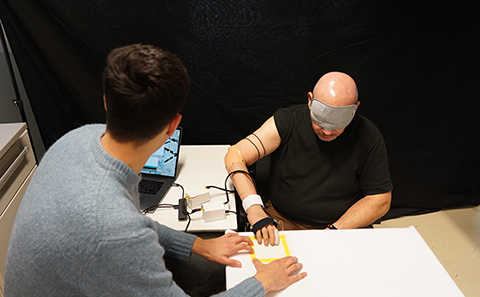Get the latest tech news
Scientists Have 3D Bioprinted Functioning Human Brain Tissue
An anonymous reader quotes a report from Popular Science: As detailed in the new issue of the journal Cell Stem Cell, University of Wisconsin-Madison researchers have developed a novel 3D-printing approach for creating cultures that grow and operate similar to brain tissue. While traditional 3D-prin...
According to Su-Chun Zhang, a research lead and UW-Madison professor of neuroscience and neurology, the resultant tissue is resilient enough to maintain its structure, but also sufficiently malleable to permit adequate levels of oxygen and nutrient intake for the neurons. Although responsible for very different functions -- the former associated with thought, language, and voluntary movement; the latter tied to visual information -- the two 3D-printed tissues could still communicate, "in a very special and specific way," Zhang said. This means the 3D-printing method could eventually help study how healthy portions of the brain interact with parts affected by Alzheimers, examining cell signal pathways in Downs syndrome, as well as use tissue to test new drugs.
Or read this on Slashdot

